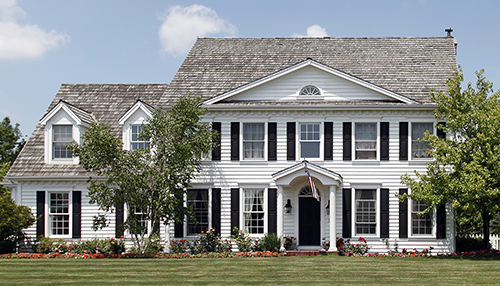Here are four graphs that explain why our market has defied the pandemic.
After one full year of dealing with a pandemic, many of us are reflecting on the ways in which our daily lives have changed. The economy is still bruised, and recovery will take some time. Luckily, the real estate market hasn’t skipped a beat. In fact, its pace has increased significantly. How is that possible with record-high unemployment?
At 0:30 in the video above, I’ve included a graph that displays unemployment and housing by age. You’ll notice that unemployment among those 35 years of age and older is about 5.3%. That same age bracket is responsible for 74% of annual home purchases. Meanwhile, those 24 years and younger are only responsible for 3% of annual home purchases. Their unemployment rate is 9.7%.
At 1:08, I’ve included a graph that displays unemployment and income by sector. Those who work in financial services have the highest weekly income—an average of $1,462. They also have the lowest rate of unemployment at just 3.4%. These folks are the homebuyers. They have the highest earnings, the lowest unemployment, and are more likely to be 35 years of age or older (though, obviously, there are exceptions).
On the opposite end of the spectrum, those who work in leisure and hospitality industries got hit hardest by COVID-19. Their average weekly income is $437; their unemployment rate as of January 2021 was roughly 16%. It’s incredibly sad what has happened to our nation’s leisure and hospitality industries. The situation has been so distressing that we felt compelled to start a Facebook group last year to support Triangle small businesses and provide a platform for free community advertising.
As unfortunate as it is, the pandemic’s disproportionate effect on the leisure and hospitality industries is why the real estate market hasn’t really slowed down. Those sectors with higher earnings and lower unemployment rates—financial, professional, and business services, wholesale trade, construction and manufacturing—are relatively stable right now. Workers in those sectors represent the sky-high demand for homes that’s fueling our market.
This demand is pushing up against an inventory crisis. There are simply not enough resale homes on the market, and builders can’t build new ones fast enough. As a result, prices continue to rise.
Hopefully you found value in today’s blog. As always, feel free to reach out if you have questions about this or any other real estate topic. I’m happy to be a resource for you and assist with whatever buying, selling, or investing needs you may have.


